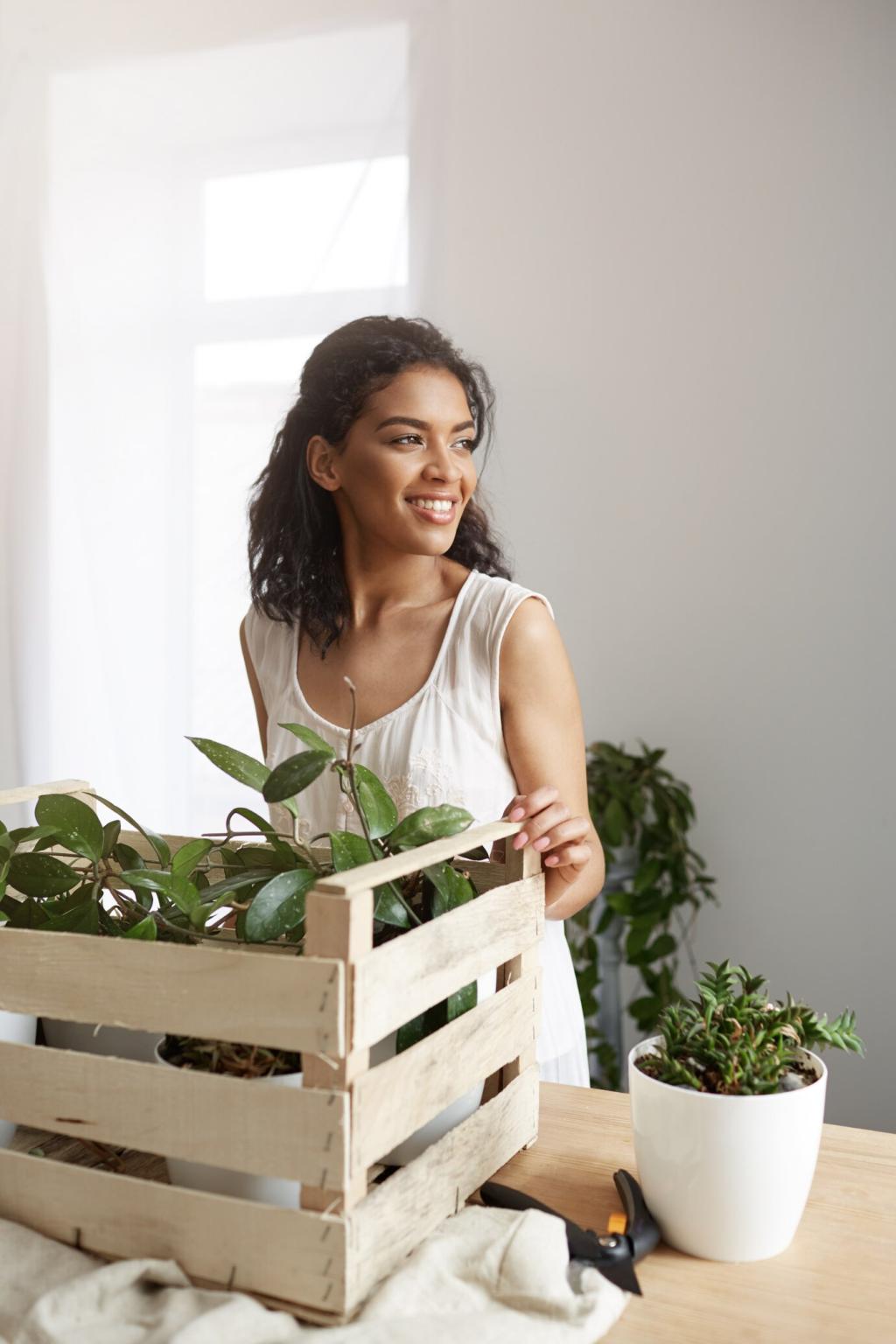Breathe Easy: Your Guide to Organic Interior Wall Paints
Chosen theme: Guide to Organic Interior Wall Paints. Welcome to a healthier, brighter way to color your home—where cleaner ingredients, calmer air, and authentic textures meet practical know‑how. Stick around, subscribe, and share your questions as we dive in.
What “Organic” Really Means in Paint
Decoding the Labels
“Organic” in paints usually refers to plant‑ or mineral‑based binders and low‑toxicity formulas, not certified food standards. Look for independent marks like GREENGUARD Gold, Green Seal GS‑11, or the EU Ecolabel, plus verified low or zero VOC numbers after tinting.
Natural Binders and Pigments
Common options include clay and lime finishes, casein (milk) binders, silicate mineral paints, and plant oils. Pigments may be mineral‑based. Many formulas avoid formaldehyde donors and heavy metals, prioritizing cleaner indoor air without sacrificing durability or color depth.
A Real‑Life Air Quality Moment
When we repainted a nursery, the difference was immediate: no sharp odor, and our VOC monitor dropped within hours. Share your own before‑and‑after stories in the comments—your experience can help another reader make a safer, calmer choice.

Matte, Eggshell, Satin—When to Use Which
Matte disguises wall imperfections and feels soft, eggshell balances elegance with wipeability, and satin boosts durability in busy areas. Mineral and lime finishes add depth and breathability, making them excellent for older plasters or spaces that benefit from gentle vapor diffusion.
Colorants and Tints in Low/Zero‑VOC Systems
Colorants can add VOCs if you’re not careful. Choose brands that maintain low‑VOC numbers after tinting, even for saturated hues. Request documentation, and test your selected shade to confirm both air quality goals and the mood you’re aiming to create.
Test Patches and Lighting Tips
Paint sample boards and move them around during morning, afternoon, and evening light. North‑facing rooms cool colors; south‑facing can warm them. Our kitchen looked gray under LEDs but serene blue by daylight—your lighting can completely rewrite a color’s personality.

Surface Prep and Application the Organic Way
Wash walls with mild, low‑odor cleaners; repair cracks; sand lightly; and vacuum dust with a HEPA filter. Choose a compatible, low‑VOC primer—especially on stained or glossy surfaces—to improve adhesion and coverage while keeping odors and emissions in check.
Rooms and Use Cases That Shine
Nurseries and Bedrooms
Choose quiet, comforting hues with low‑odor, low‑VOC formulas. Paint well ahead of move‑in to allow full curing. Soft matte finishes reduce glare and feel inviting, supporting restful sleep and an atmosphere that genuinely smells like home rather than fresh chemicals.
Kitchens and Bathrooms
Opt for washable, moisture‑tolerant organic systems and pair them with solid ventilation. Look for mildew‑resistant performance verified by testing, and avoid harsh cleaners after curing—gentle, pH‑neutral options preserve the finish while keeping maintenance safe and straightforward.
Historic Homes and Breathability
Limewash and silicate mineral paints allow vapor to pass, helping older plaster or masonry manage moisture. Their velvety movement and subtle mottling feel authentic. Share photos of your restoration projects—we love featuring reader transformations that balance heritage, health, and durability.
True Cost Over Time
Quality organic paints often cover 350–450 square feet per gallon, depending on substrate and color. Better hide and durability can mean fewer coats and less frequent repaints, saving money, time, and indoor air disruption over the life of your walls.
Maintenance and Cleaning
After curing, clean with soft cloths and gentle, pH‑neutral solutions. Avoid abrasive pads. Spot‑repair scuffs with a light touch; matte finishes touch up invisibly when colors match precisely. Consistent care keeps your healthy finish looking fresh for years.
Where to Start: Samples and Calculators
Pick up sample pots, note coverage claims, and use a simple room calculator to estimate gallons. Want a printable planner and shopping checklist? Subscribe and comment with your room size—we’ll send tailored tips to make your first coat feel effortless.

